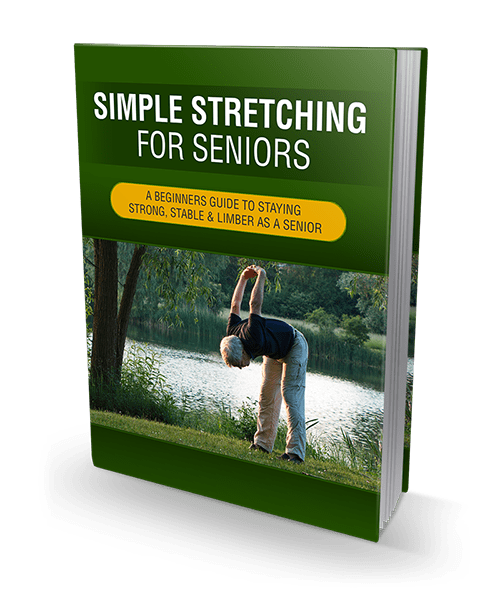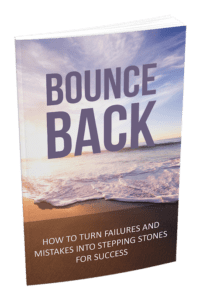Description
As you get older, your body will go through a lot of changes. Your hair will turn grey or white, your skin will become wrinkled, and your body will become stiff as you suffer from joint, muscle, and bone problems. For many years, we’ve accepted that stiffening of the joints and tightening of the muscles were a natural part of aging, but new research suggests otherwise.
Research has now found that at least half of the changes aging people experience in regards to their joints, muscles, and bones are a direct result of a lack of activity.
However, when less than 10 percent of people over the age of 50 aren’t getting enough exercise to maintain their health at the very least, it’s no wonder that so many people have accepted their fates as normal.
Bone and Muscle Problems in the Aging Body
The most common bone and muscle problems the aging body may experience include osteoarthritis when the cartilage in your joints begins to break down, osteomalacia which is a softening of the bones, osteoporosis that leads to brittle bones when bones lose their mass, rheumatoid arthritis which is an inflammation in the joints, and general muscle weakness and pain.
Muscle Changes
As we age, there are a few changes that our muscles go through that lead to the above problems. Our muscle fibers become smaller and we have fewer of them, and nervous system changes lead to less muscle tone and a decreased ability to contract muscles. Lost muscle tissue is regenerated more slowly than before and the tissue that replaces it is often tough and fibrous.
Bone Changes
We don’t often think of bones as living tissue, but they absolutely are, and also go through changes as we age. Our bones begin to lose more calcium and other important minerals because of the hormonal changes that occur as we age. Women are especially vulnerable after they’ve gone through menopause, but men are also affected by bone loss that occurs with age.
Joint Changes
The movement in our joints is a result of the movement of ligaments, the flowing of synovial fluid that surrounds your joints, and layers of cartilage that keep bones from coming into direct contact with each other. However, in the aging body, ligaments can become shorter and less flexible, there is less synovial fluid to lubricate joints and cartilage thins. All of this leads to stiffening in the joints.
How This Guide Can Help You
A surprising number of these age-related conditions can be reversed or prevented by doing regular exercise and stretching exercises. This easy to follow course specifically focuses on how to use stretching as a way to maintain limberness and flexibility no matter how old you are. The truth is, it’s never too late to start doing something for your body.
By the end of this guide, you will have all the tools you need to keep your body in the best possible shape so you can enjoy your golden years








Beverly Franklin –
This book will definitely come in handy with helping my father to stretch more effectively.